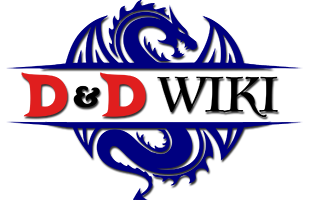255
edits
Changes
Making the fused ability clearer and putting limitation on the pods to make sure it's not exponential growth.
'''Somatic Fusion'''
The Master Biomancer has an incredibly in depth knowledge and control of life on a cellular level, this allows her to fuse two creatures into one being. As two creatures, it gains class levels/hit dice and all abilities of the classes of each of the two creatures that fused and the better of each mental ability score from the two creatures. In addition to this, all of the creature's physical ability scores add toward each corresponding score total to the new score while in the fusion. Creatures also gain both spell lists from each class or, if spell types differ, gains spells per day and known spells for each class type. If class types are the same upon fusion, the spells per day (and known spells if known) stack. Natural armor bonuses from both creatures stack as well. Both creatures must be willingand they must be willing and not under any mind controlling effect. This fusion lasts for 1d4 + INT modifier rounds, the biomancer must make a DC 15 concentration check. The Biomancer has some control over the appearance of the fused being, and chooses which of the two are in control of the body. After the fusion ends, both creatures become fatigued. If the Master Biomancer attempts to fuse fatigued creatures there is a +2 DC penalty on the concentration check.
Cytoplasm I
At first level the Cytoplasm pod gains the ability to make a fusion state permanent. This takes 1d4 days to complete and each day the Master Biomancer's entire Microbe touch point total must be used on the pod. Once complete, the fused being is considered a single being (and thus could be subjected to further fusions). If this technique is used the minds of the creatures fuse together as well as the body. If a fused being is made permanent in this way, the being will have the higher ability score from between the two fused creatures, instead of being stacked. Bonuses such as natural armor still stack.
Cytoplasm II
